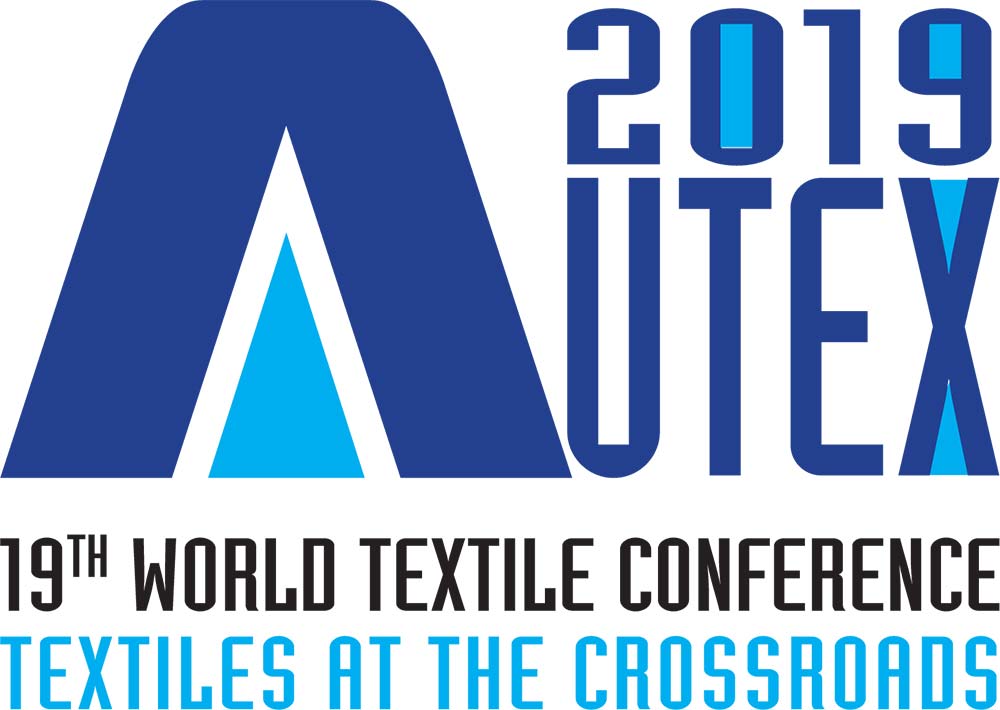3A2_0542_ RADIOGRAFTING OF PHOSPHORUS FLAME RETARDANTS ON FLAX FABRICS: COMPETITION BETWEEN HOMOPOLYMERIZATION AND GRAFTING
- R. Hajj
- R. El Hage
- R. Sonnier
- B. Otazaghine
- B. Gallard
- M. Nakhl
- Jose-Marie Lopez-Cuesta
Abstract
Many natural fibers have been used for a long time in textile industry as cotton and flax [1]. Moreover, naturalfibers are getting more importance in composites industry as a substitute for glass, carbon, or aramid fibers [2,3]. However, they must be modified to overcome some disadvantages such as flammability [4]. In previous studies [4, 5], phosphorus flame retardants (FR) were grafted on flax fabrics by e-beam radiation. In the present study, the reactivity of the double bond C=C of the P-monomers under e-beam radiation was investigated to control the grafting yield of various FR. Two phenomena are competitive during radiation step. The P-monomerscan be grafted directly on the flax components or can homopolymerize inside the fibers. Phosphorus content reached 1.4 wt% using vinyl phosphonic acid. Grafting efficiency was assessed by X-ray fluorescence, Energy Dispersive X-Ray Analysis (EDX) / Scanning Electron Microscopy (SEM) and 1H nuclear magnetic resonance analysis. Fire behavior of the modified fabrics was studied using thermogravimetric analysis, pyrolysis combustion flow calorimetry and a preliminary fire test. Self-extinguishing and non-flammable fabrics were obtained for phosphorus content of 0.5 wt% and 1.2 wt% respectively.
How to Cite:
Hajj, R., El Hage, R., Sonnier, R., Otazaghine, B., Gallard, B., Nakhl, M. & Lopez-Cuesta, J., (2019) “3A2_0542_ RADIOGRAFTING OF PHOSPHORUS FLAME RETARDANTS ON FLAX FABRICS: COMPETITION BETWEEN HOMOPOLYMERIZATION AND GRAFTING”, Proceedings of the 19th World Textile Conference - Autex 2019 , 1.
Downloads:
Download pdf
View PDF
